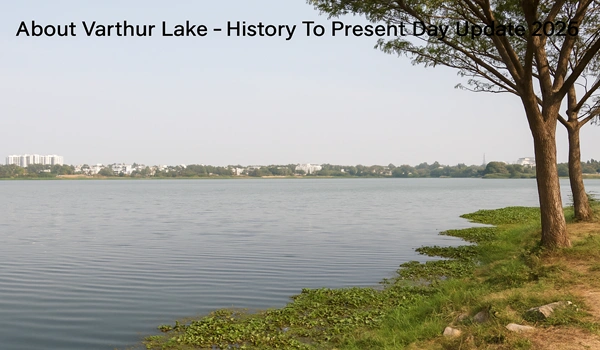Varthur Lake is one of Bangalore’s most famous lakes. Spread over 445 acres, it is the second-largest man-made lake in the city. Built more than 1,000 years ago, it once supported farming and local communities. Today, it is known both for its historic legacy and for the severe pollution challenges it faces. In 2025, Varthur Lake is still in the process of recovery, but there is fresh hope thanks to restoration projects and rare wildlife sightings.
In August 2025, a Greater Flamingo was spotted in Varthur Lake. This rare event has brought excitement to bird watchers and locals. For many, it is a symbol that biodiversity can return if the lake is restored properly. The sighting has also attracted more visitors to the lake area.
Varthur Lake has seen more than a thousand years of history—from being a lifeline for farmers to becoming one of Bengaluru’s most polluted lakes. In 2025, it shows both progress and problems. Desilting is complete, wetlands are being created, and birds like flamingos are returning. Yet untreated sewage, encroachments, and execution gaps remain.
The future of Varthur Lake depends on strict government action, strong sewage management, and continued community involvement. With consistent efforts, this lake can once again be a healthy and vibrant part of Bengaluru
Prestige Evergreen, also known as Prestige Raintree Park Phase 2, is a 21-acre township on Varthur Road, Whitefield. With 2000 luxury 1–4 BHK apartments (650–2500 sq.ft.), 10 towers overlooking Varthur Lake, and world-class amenities, prices start at ₹1 Cr.
